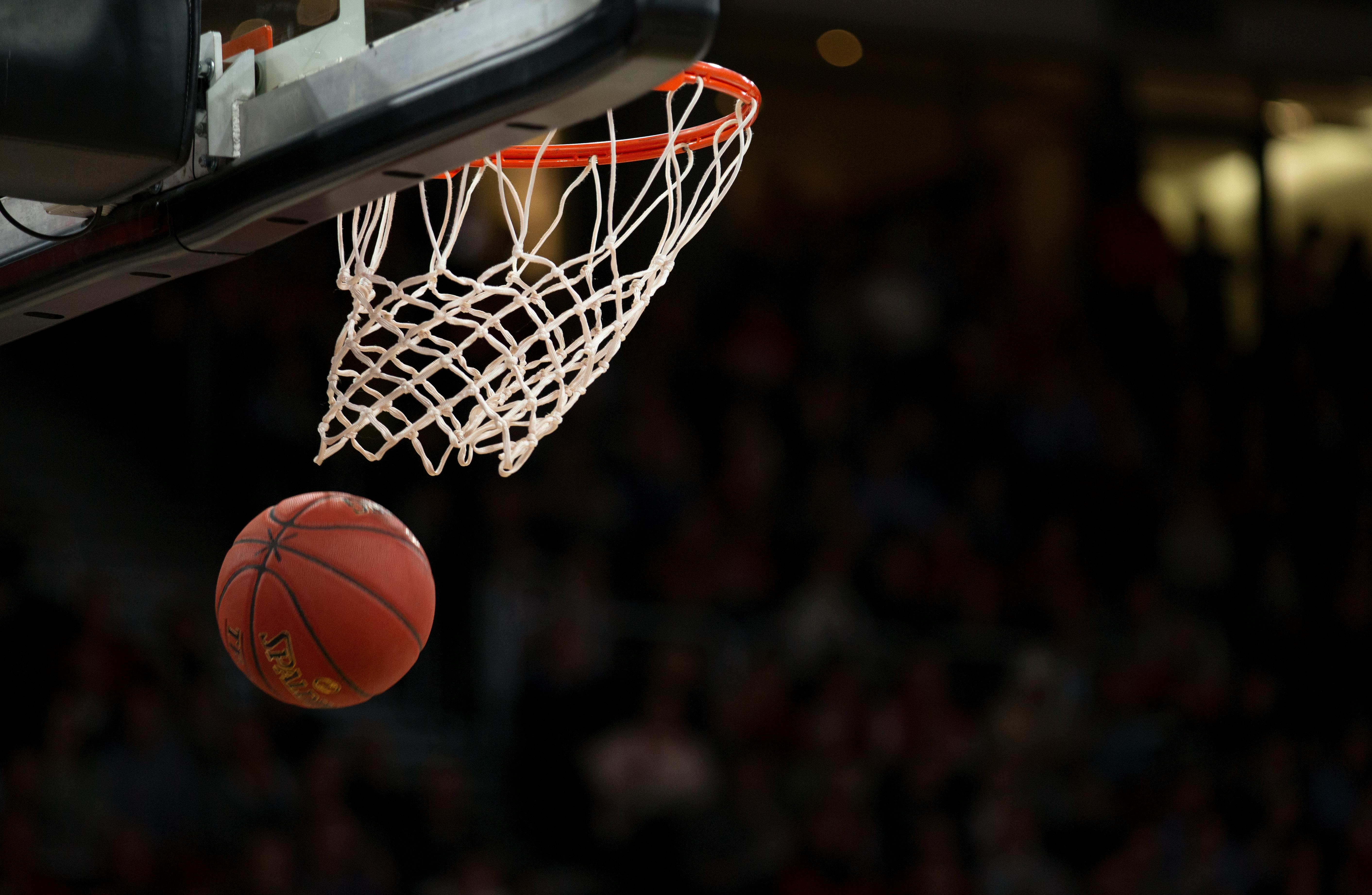Are NBA Trends Taking Over College Basketball?

Are NBA Trends Taking Over College Basketball?
College basketball has been hailed as one of the most intense, unpredictable and distinctly played basketball. With the NBA being characterized as a game of superstar power, individual skill, and entertainment, the college game has traditionally been about team play, defensive strategies, and the excitement of sold-out student sections. However, over the past few years, the impact of the NBA on college basketball has become increasingly difficult to disregard.
In both offense tactics and player development patterns, college hoops are becoming more like a younger brother trying to emulate the professionals. Whether NBA trends are bleeding into NCAA is no longer the question, but rather to what extent they are revamping the very nature of college basketball.
Pace-and-Space Offenses On the Rise
A notable example of the NBA's influence on college basketball is the growing popularity of pace-and-space principles. Even a mere ten years ago, numerous college teams were still using slow, methodical offenses with an emphasis on post play and half-court sets. The trend is evident today with an increase in the number of possessions per game, attempts at three-pointers and a decrease in the number of big men with back-to-the-basket skills.
College coaches have learned that the spacing-oriented offenses that have dominated the NBA can also dismantle college defenses. The three-point shot has evolved into a primary weapon, rather than merely a strategic option in the final stages of the game. Driving, kicking, and shooting are now entire systems —a philosophy introduced by teams such as the Golden State Warriors. Even the programs that used to grind out games on the scoreboard in the 1950s or 1960s are beginning to find themselves hoisting thirty threes on any given night.
Rise of the Positionless Basketball
Historically, college basketball was mainly based on conventional position play. A point guard passed, a shooting guard shot, small forwards and power forwards gave versatility, power forwards rebounded and centers defended the paint. However, in the NBA, these lines have been crossed, as players like Giannis Antetokounmpo, LeBron James, and Nikola Jokić have redefined the concept of a traditional big man or playmaker.
The exact change can now be observed on campuses. The emphasis has been placed on versatility among the players, rather than their ability to fill a predetermined position. A forward who is six feet nine can now start offense and a shooting guard could spend half the game setting screens. Players are increasingly being described as wings by recruiting services as opposed to specific roles. This resembles the NBA development, allowing college coaches to test fluid, switch-intensive lineups that mimic the dynamism of the pro game.
College Game Analytics
In the past, analytics appeared to be a luxury accessible only to professionals as NBA teams created whole departments that focused on data. However, the emergence of statistical models has entered the world of college basketball, where coaches base their player assessment and game planning. The days of shot charts, efficiency ratings, and high-tech defensive stats being the exclusive tools of NBA front offices are over.
The same sort of analysis is now used at the college level to determine when to foul, whether to shoot threes or twos, and how to optimize rotations most effectively. Mid-major programs have even started to emulate decision-making on the pro-level, resorting to data as a means to level the playing field against more talented rosters. It is a part of a broader cultural change in which the NBA-inspired focus on efficiency has become a model to be emulated by programs in powerhouse conferences as well as underdog schools.
The Effect of Player Development and NIL
NBA trends are not merely tactical, but also cultural. The one-and-done approach is already changing recruiting, with many of the best high school players viewing college as a temporary stop rather than a lasting commitment. Today, Name, Image, and Likeness (NIL) deals are another pro-style twist to the college game. Players are able to enter into sponsorships, form personal brands and in others, make amounts that can be comparable to the lower-level NBA contracts.
This has ensured that college basketball is more like a feeder to the league in terms of style and culture. The emphasis on personal player development, media coverage, and career preparation is a result of the NBA. Where basketball culture has been particularly robust, as in the case of popular sports in California, the relationship between college players and professional stardom is heralded as a part of the overall athletic pipeline. College superstars are no longer heroes to the campus; they are brand names poised to take their next step on the career ladder.
Defensive Adjustments: The NBA Effect on the Other Court
The offensive part of the NBA has had a definite effect, and defense has not been spared either. The once uncommon switch-heavy schemes in college basketball have become the norm for most elite programs. The coaches know that when NBA players excel with versatile defenders who can defend any position, college players can do the same.
This has compelled big men to change. A centre can no longer live on clogging the paint and rebounding. College bigs are being asked to come out to the perimeter, switch onto guards, and defend the three-point line. The college level once viewed defensive concepts as too complex to be used; now they are a standard requirement, particularly on teams that aspire to advance far in the tournament.
Is College Basketball Losing Its Identity?
All of these NBA influences have purists fearing that college basketball is losing the characteristics that made it special. The difference between the team-oriented college game and the star-oriented professional game is what makes each its charm. The worry as the two start to emulate each other is that college hoops may lose its unique flavor.
But there is more than one side of the coin: college basketball is merely changing. The NCAA has never been a stepping stone to the NBA, and as the professional league changes, it only makes sense that the college game is doing so as well. Although the fan might lament the passing of the age of dominating post play or defensive slugfests, the quicker game, with more scoring and more skillful players, has made the game more entertaining to the present-day fan.
The NBA is inescapably influencing college basketball, in every aspect, including pace-and-space offenses and positionless roles, advanced analytics, and NIL-driven player branding. Although this can be seen as erasing the boundary between professional and college basketball, it has also increased the entertainment level and the skill of the NCAA. Depending on the side a fan takes, whether this is a loss of tradition or a step forward, one thing is certain: the impact of the NBA on college basketball is here to stay.


